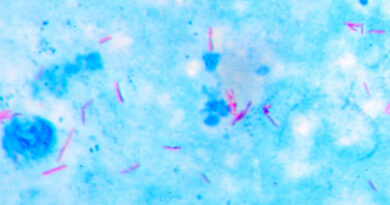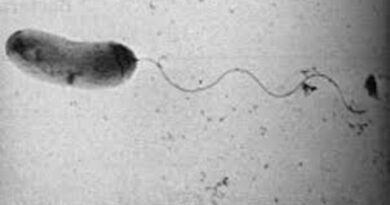Cultural Characteristics of Mycobacterium tuberculosis
Mycobacterium tuberculosis (M. tuberculosis) is the bacterium responsible for tuberculosis (TB), a disease that primarily affects the lungs but can also impact other parts of the body. Understanding the cultural characteristics of M. tuberculosis is essential for its identification, diagnosis, and study in laboratory settings. This article will delve into the specific cultural characteristics of M. tuberculosis, including its growth requirements, colony morphology, and the implications for clinical diagnostics.
Growth Requirements
Oxygen Requirement
M. tuberculosis is an obligate aerobe, meaning it requires oxygen for its growth and survival. This characteristic is significant because it primarily affects the lungs, where oxygen levels are high.
Temperature
The optimal growth temperature for M. tuberculosis is 37°C (98.6°F), which is consistent with the human body temperature. This temperature requirement is crucial for its pathogenicity in humans.
Nutritional Requirements
M. tuberculosis is a fastidious organism, requiring enriched media for optimal growth. The bacterium needs complex nutrients, including amino acids, vitamins, and fatty acids, which are provided by enriched culture media such as Lowenstein-Jensen medium or Middlebrook 7H10/7H11 agar.
Colony Morphology
Slow Growth
One of the hallmark characteristics of M. tuberculosis is its slow growth rate. It typically takes 3-6 weeks to form visible colonies on solid media. This slow growth can complicate timely diagnosis and treatment.
Colony Appearance
– Texture and Consistency: Colonies of M. tuberculosis are rough, dry, and have a crumbly consistency. They are often described as having a “cauliflower-like” appearance.
– Color: Colonies are generally non-pigmented (buff-colored) when grown in the dark. However, some strains may produce carotenoid pigments when exposed to light, a phenomenon known as photochromogenicity.
– Size: Colonies are small and may reach a diameter of 1-2 mm after several weeks of incubation.
Biochemical Characteristics
Acid-Fastness
M. tuberculosis is acid-fast due to the high lipid content in its cell wall, primarily mycolic acids. This characteristic is utilized in the Ziehl-Neelsen staining technique, which helps differentiate M. tuberculosis from other bacteria. Acid-fast bacilli (AFB) appear red against a blue background under a microscope.
Catalase Activity
M. tuberculosis produces catalase, an enzyme that breaks down hydrogen peroxide. However, certain strains may be catalase-negative, particularly those that are resistant to the antibiotic isoniazid.
Laboratory Identification
The identification of M. tuberculosis in the laboratory involves several steps:
1. Specimen Collection and Microscopy: Clinical samples, such as sputum, are collected and examined under a microscope after Ziehl-Neelsen staining to detect AFB.
2. Culture: Samples are cultured on Lowenstein-Jensen or Middlebrook media. Due to the slow growth rate, cultures are incubated for up to 8 weeks.
3. Biochemical Tests: Catalase and niacin tests, among others, are conducted to differentiate M. tuberculosis from other mycobacteria.
4. Molecular Methods: Polymerase Chain Reaction (PCR) and other nucleic acid amplification tests (NAATs) provide rapid and specific identification by detecting M. tuberculosis DNA.
Clinical Implications
Understanding the cultural characteristics of M. tuberculosis is vital for diagnosing TB, especially in resource-limited settings where advanced molecular techniques may not be available. The slow growth rate poses a challenge for timely diagnosis and necessitates the use of rapid diagnostic tests to complement traditional culture methods. Additionally, the acid-fast nature of the bacterium aids in its identification and differentiation from other pathogens.
Conclusion
M. tuberculosis, with its slow growth, specific nutritional requirements, and distinctive colony morphology, presents unique challenges and opportunities in the field of microbiology. Mastery of its cultural characteristics is essential for accurate diagnosis, effective treatment, and ongoing research aimed at combating tuberculosis, a disease that continues to affect millions worldwide.
NewsLetter:



